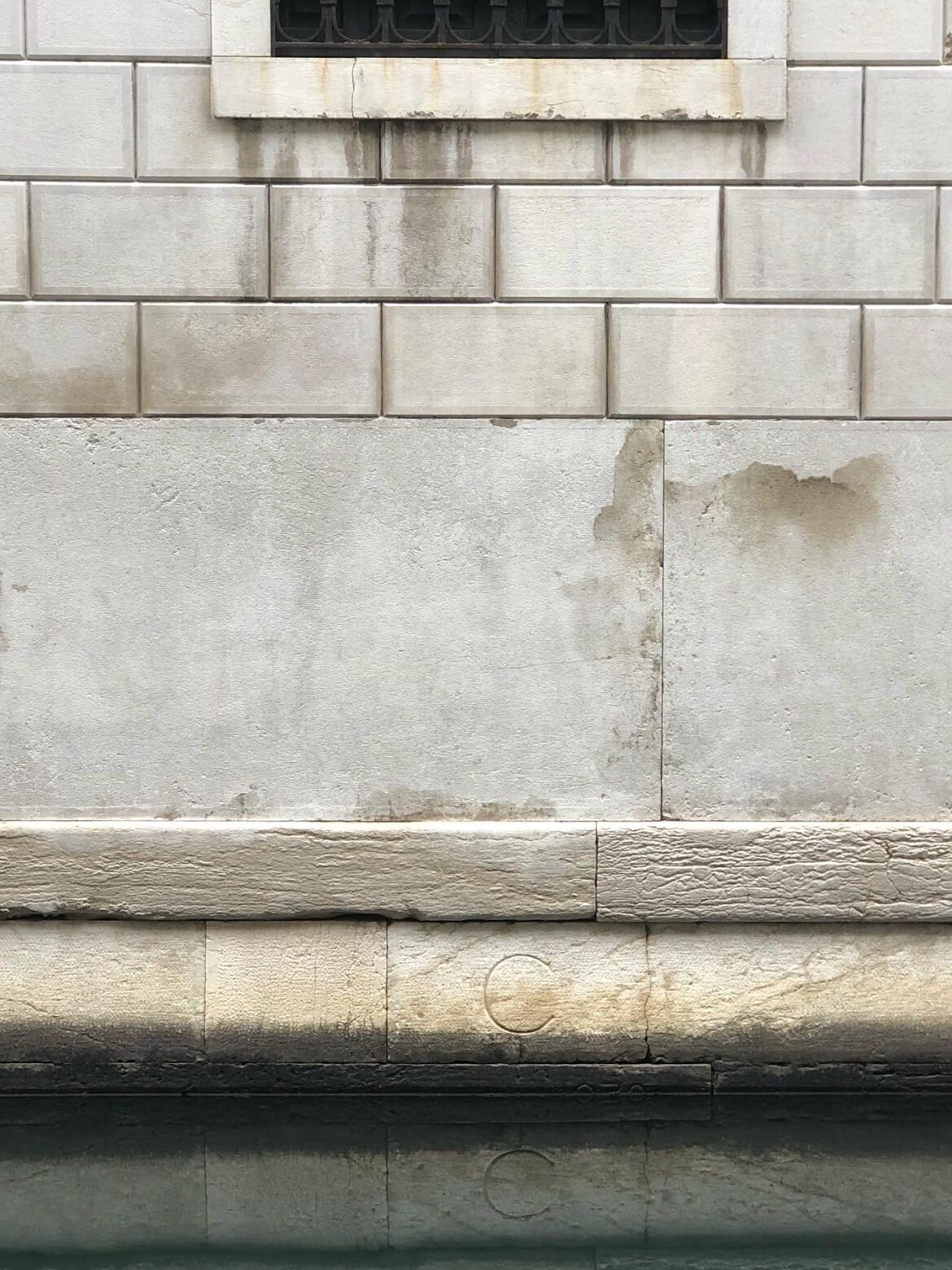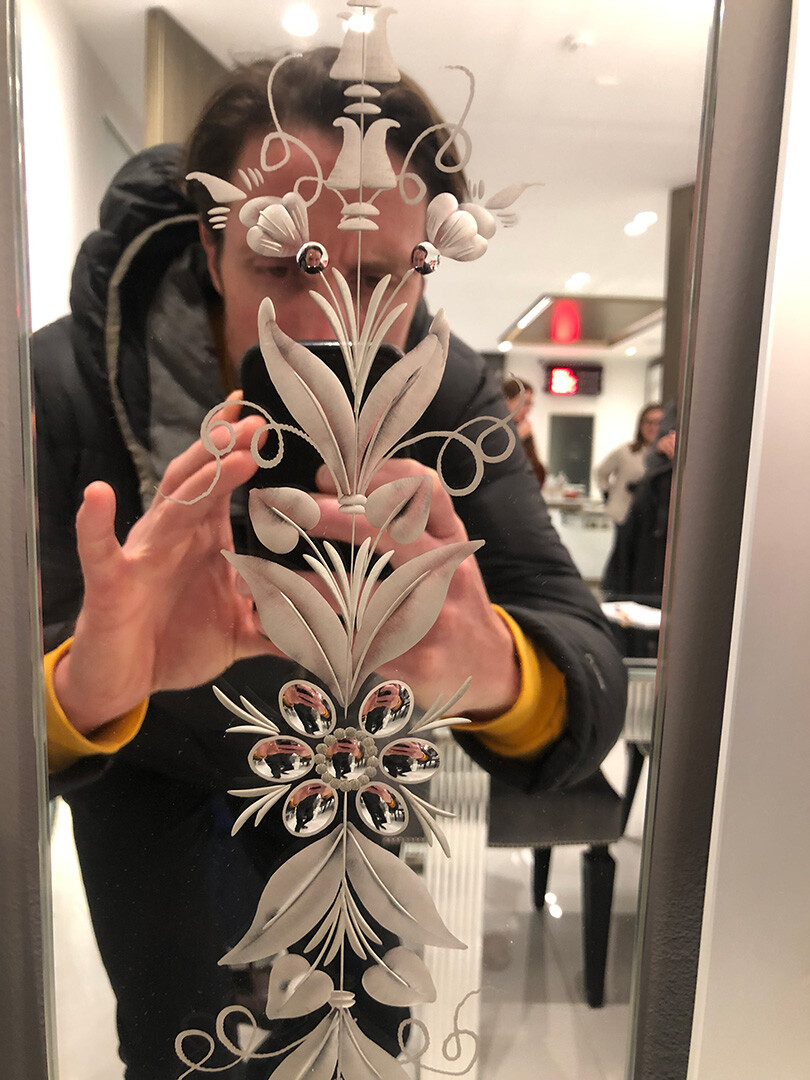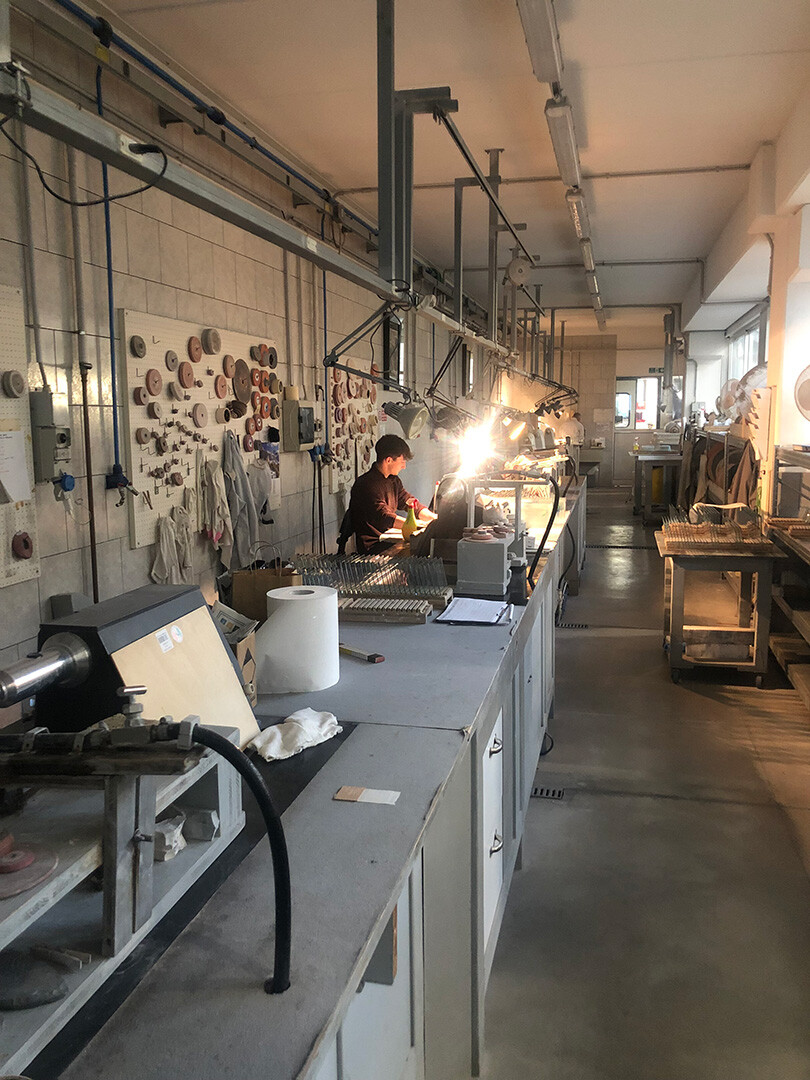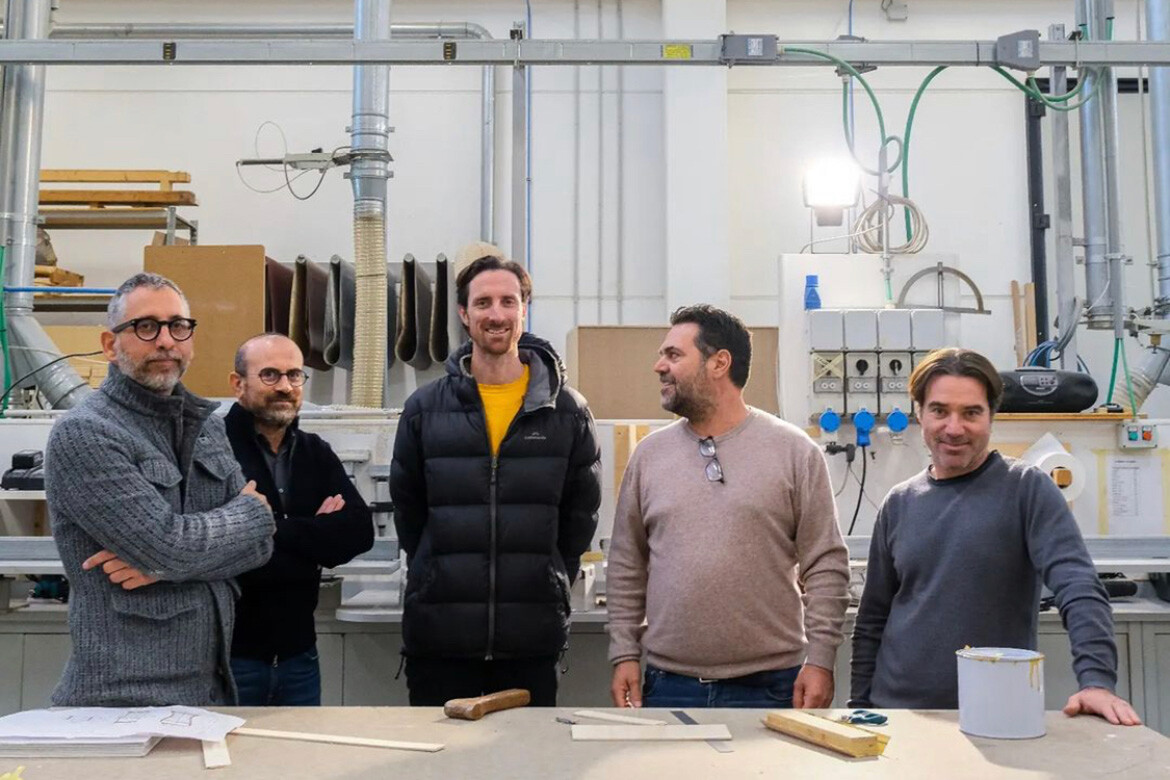Australian designer and design historian, Trent Jansen has spent a month in residence in Venice working with the sublimely talented Vetralia Collectible, where artisans and artists work on contemporary art and design using Venetian craftsmanship in a Renaissance workshop that explores a wide range of techniques and materials.
Effectively it was a meeting of minds with metaphysical parallels of quiet significance. For Jansen, his design process is “devised to move design beyond the stark pragmatism of Modernism and its incongruence with the beautiful imperfection of humanity…. Design Anthropology focuses on these imperfections, studying the history and culture of human societies and taking design inspiration from the rich stories that punctuate human heritage”.
While “Vetralia wants to demonstrate how artistic interpretation, full of culturally inclusive as well as different values, can become an object of design created through the incredible – often hidden – centuries-old skills of Venetian high manufacturing.”
Underlying Jansen’s practice is an innate sense of discovery and resolve, whereby an idea is extrapolated into its many many parts with each part then explored through the physical mediums of design.
For the Venice Design Biennale Residency, Jansen’s mode of design could not be a better fit. Tasked with creating a design object that spoke to an aspect of Venice that the Venetians may not be aware of, Jansen was quick to learn how very well-informed his host city was.
Auto-exotic is the curatorial theme of this edition of the Venice Design Biennale: As such, Jansen was briefed to discover an element of the city that would be interesting, unique and exciting to Venetians: “Things that are underneath their noses every day or that might influence the way they live or have influenced the very way that their society has formed over centuries. But, Venetians are so well informed about the history of their nation, but in particular, the history of their city,” he says.
Moreover, while global warming and rising water are a primary concern in Venice, as a design foundation Jansen was looking for something less expected.
What ensued was a crash research into the history of Venice through books, discussions and observation. It was not until he met with lagoon scientist Giovanni Cecconi (one of the controversial MOSE flood barrier designers), however, that his research direction started to take shape.
Introducing Jansen to the history of the lagoon, Cecconi touched on the role salt has played in Venice. Jansen in summary discovered that salt, the once most valued of commodities was harvested by Venetians from the first half of the sixth century, four centuries later they were defending their position by destroying rival salt-producing communities and by “… 1281 all Venetian merchants were ordered by the ‘ordo salis’ (the salt rule) to bring home a load of salt when returning to Venice. An administrative body known as the ‘Magistrate Al Sal’ (Magistrate of Salt) was established to manage this monopolisation,” says Jansen.




Today the sea rises above the limestone and salt plays a role in destruction: “When the salt dries it crystallises and expands, resulting in countless tiny explosions inside the ancient bricks and mortar and causing these walls to disintegrate from the inside,” he says.
As a foundation for design thinking, Jansen looks to the influence salt has had on the city, from the wealth to build the incredible architecture, to the crushing power of capitalism and its attendant corruption to the backlash of nature now eroding that splendour.
“It’s a dark story all about prosperity and growth under the direction of the Doges that took a capitalist philosophy that has proliferated, eventually come back to Venice to undermine everything that the salt made possible in the first place.”



Interpreting these elements into design, Jansen has created the idea of a Magistrato Al Sal Nero (black salt magistrate) to be realised as a cabinet. Using black Venetian glass in a salt-like form of tiny crystals that will eventually be matte (currently in the experiment phase as the antithesis of Murano glass), a plinth of sorts is overlain by blackened timber tiles, that open to a blackened interior.
“The black generates a mood that speaks of corruption. There’s this great saying in Italian law that uses the term black money, which is like corrupt money and talked about all the time,” says Jansen who was surprised the Biennale found no umbrage with his reference to the city’s duplicity.
Launching this year at the Venice Design Biennale, Magistrato al Sal Nero Cabinet is an essay of both love and horror, a reflection on the city of Venice as a flawed hero, that while dark and foreboding, remains imbued with the beauty of artisanal design, culture and history.
Photography courtesy Trent Jansen and Venice Design Biennale





